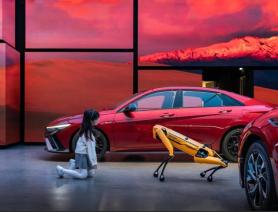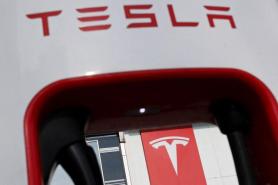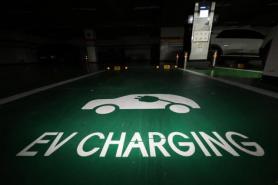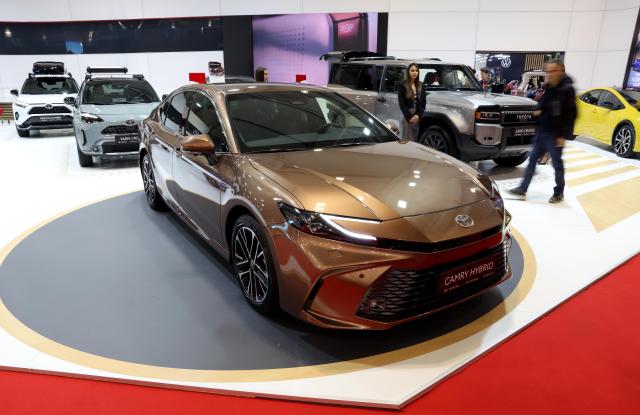
SEOUL, January 7 (AJP) - Japan's Toyota Motor Corp., the world’s largest automaker, is doubling down on its commitment to sustainable mobility as it faces mounting pressure from rivals and rapid shifts in the global auto industry.
The Japanese automotive giant has set an ambitious target of achieving net-zero carbon emissions by 2050. Central to this vision is Toyota’s pioneering work in hydrogen fuel cell vehicles (FCEVs) and electric vehicles (EVs), alongside continued advancements in alternative-fuel internal combustion engines.
In November, Toyota unveiled plans for public road tests of a groundbreaking commercial van in Australia, set to debut in the spring of 2025.
The vehicle, powered by both a hydrogen engine and an electric motor, embodies Toyota’s “multi-pathway strategy” to offer diverse eco-friendly vehicle options.
“We will grit our teeth and persevere to make a hydrogen-based society real,” said Hiroki Nakajima, Toyota’s executive vice president.
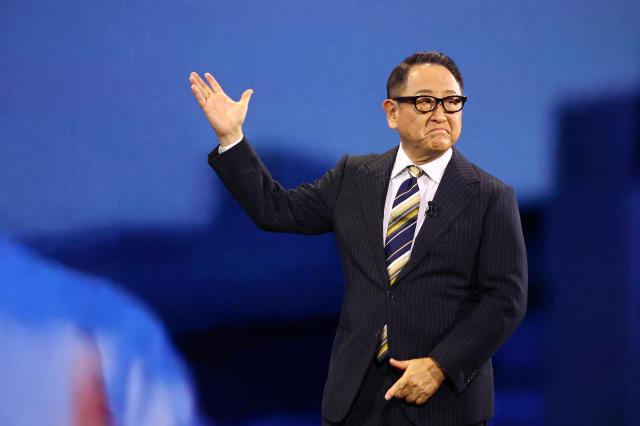
Toyota’s EV sales surged in 2024, climbing 23.1 percent year-over-year to 4.12 million units. The company is capitalizing on this momentum with plans to establish an EV manufacturing facility in Shanghai, including production of its luxury Lexus lineup, expected to commence operations by 2027.
Toyota is also exploring collaborations to bolster its hydrogen capabilities. Chairman Akio Toyoda recently met Hyundai Motor Group Chairman Chung Eui-sun at the World Rally Championship in Japan to discuss potential joint efforts in hydrogen technology.
At CES 2025, Toyoda unveiled Toyota’s boldest initiative yet: the construction of “Woven City,” a futuristic urban environment envisioned as a living laboratory for mobility and sustainability.
“Toyota’s mission is to create human-centric technologies, expanding mobility and well-being for all,” Toyoda said, highlighting plans for zero-emission transportation and autonomous vehicles.

The city’s name pays homage to Toyota’s origins as a textile company, founded by Sakichi Toyoda.
“We didn’t start by making cars; we began by weaving fabric,” Toyoda explained, tracing the company’s evolution from Toyoda Loom Works to the global automotive powerhouse it is today.
Despite its leadership, Toyota’s financial performance reflects ongoing challenges.
From April to September 2024, net profit fell 26 percent year-over-year to 1.91 trillion yen ($12.1 billion), while operating profit declined 4 percent to 2.46 trillion yen. The company attributed the drop to lower sales volumes, rising labor costs, and investments in growth areas.
Toyota’s dominance is also under threat from rivals.
In Japan, Honda and Nissan announced a merger that could create the world’s third-largest automaker by sales. Globally, Chinese manufacturers and Tesla are leveraging advanced EV technologies to challenge Toyota’s market share.
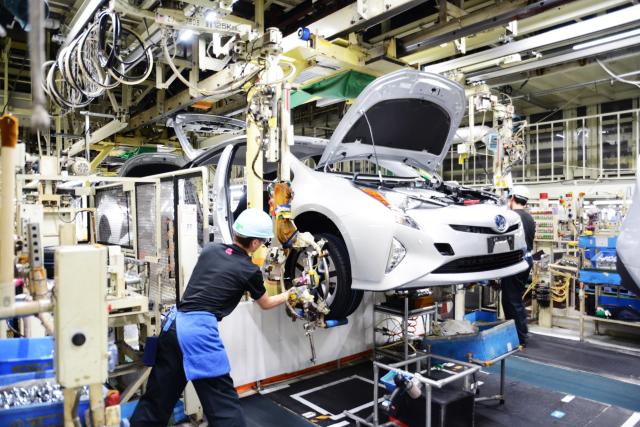
Adding to the pressure, the U.S. recently reduced its list of EVs eligible for federal tax credits, excluding Toyota vehicles. In contrast, Hyundai Motor Group secured credits for five models, positioning itself to attract more American buyers.
Undeterred, Toyota remains focused on its environmental transition. The company is pushing to triple its EV production while continuing to innovate in hydrogen technology despite rising costs.
Toyota’s storied history of resilience and innovation, from its humble beginnings in textile weaving to its status as a global automotive leader, serves as a reminder of its capacity to adapt.
Copyright ⓒ Aju Press All rights reserved.


